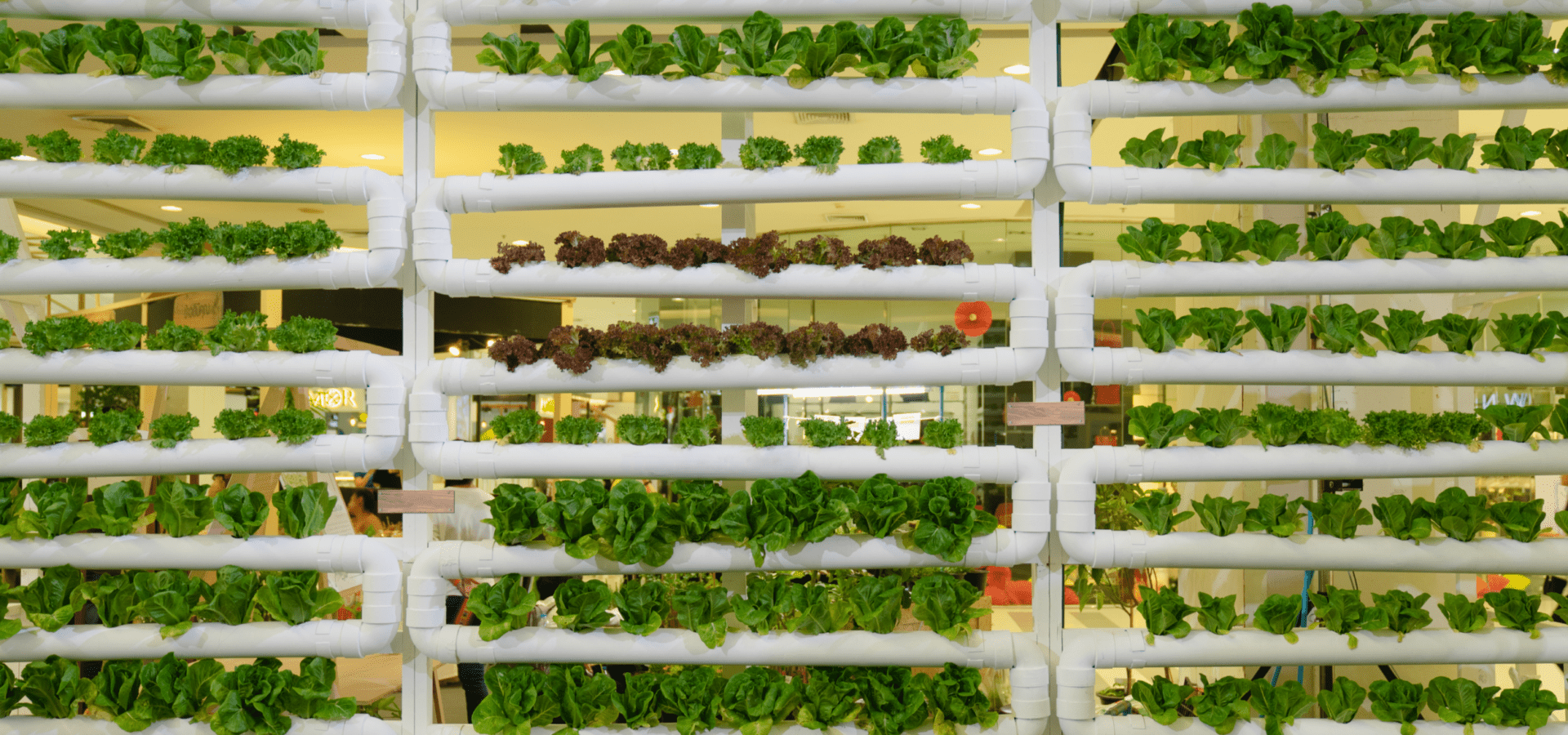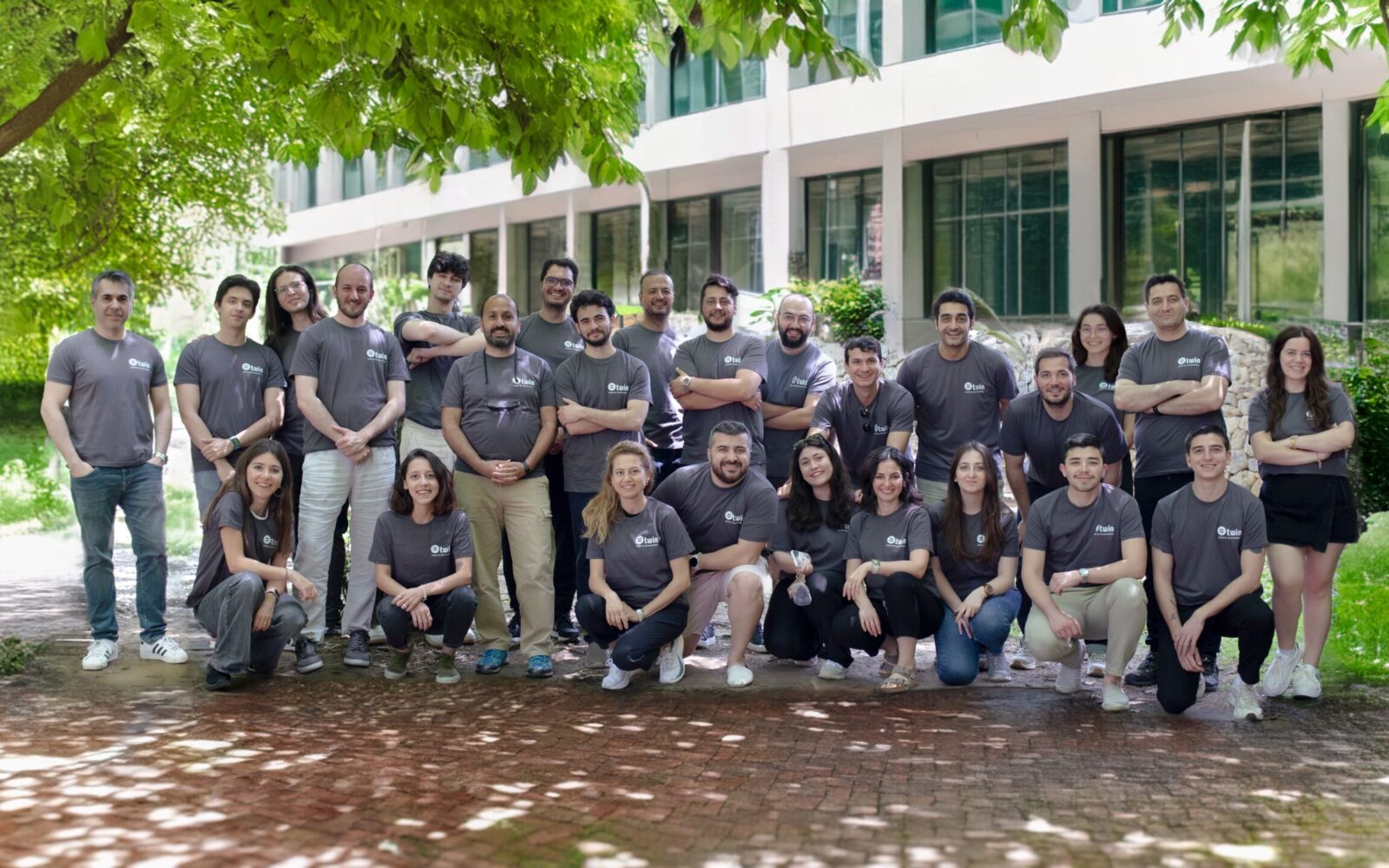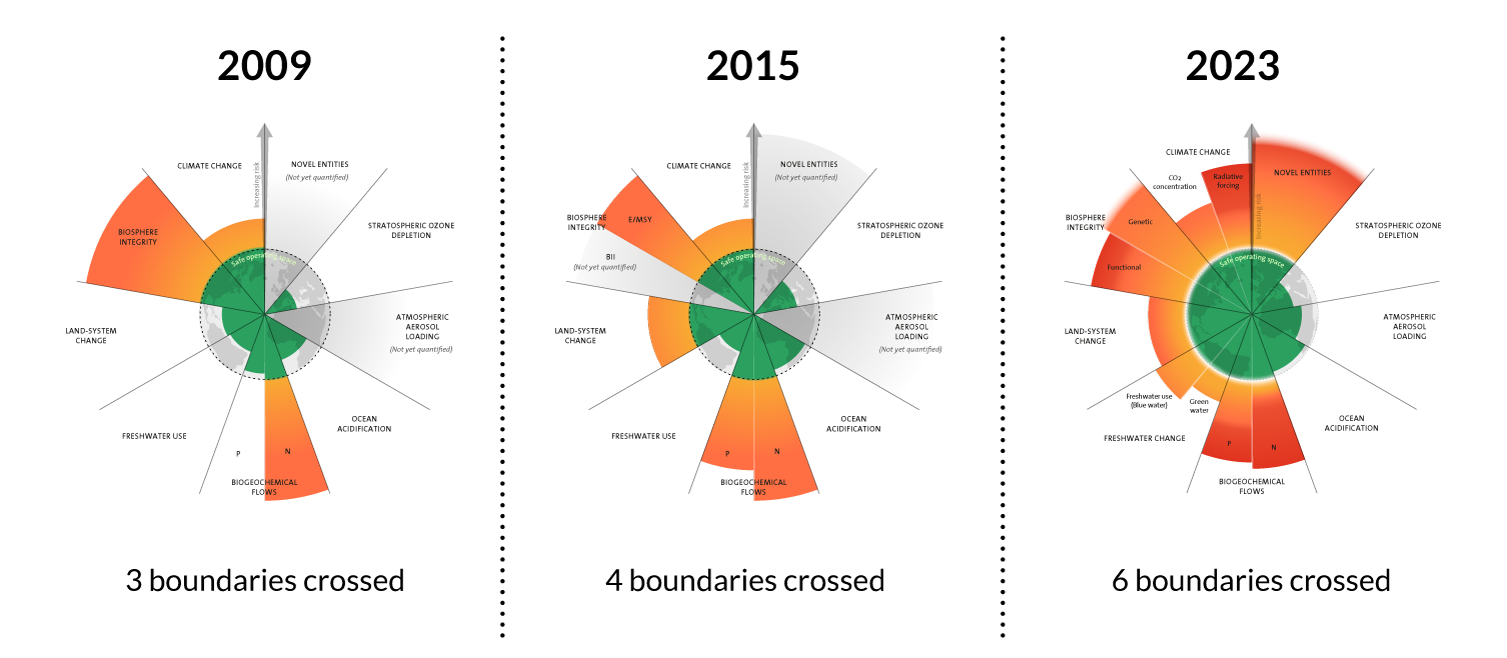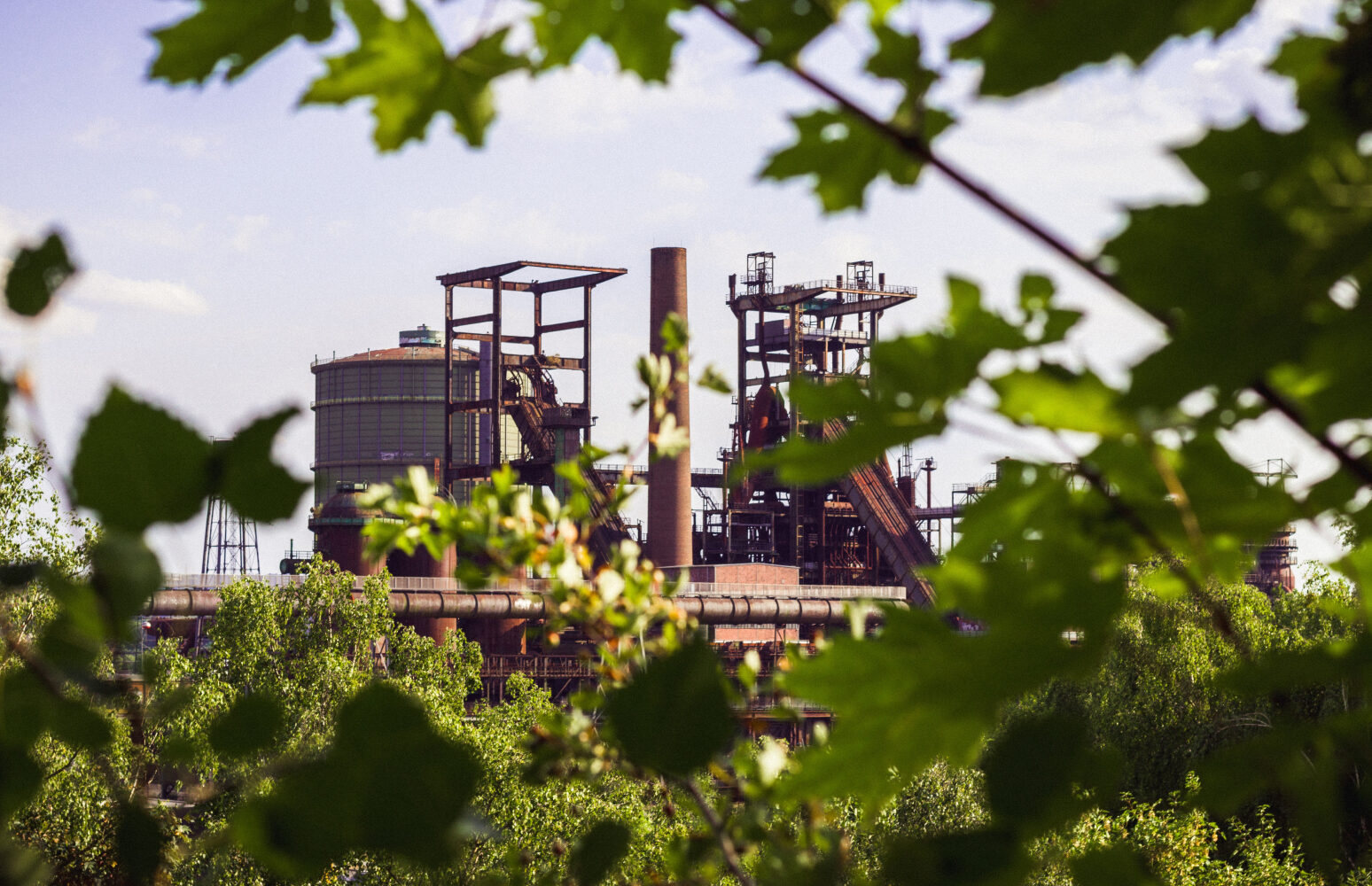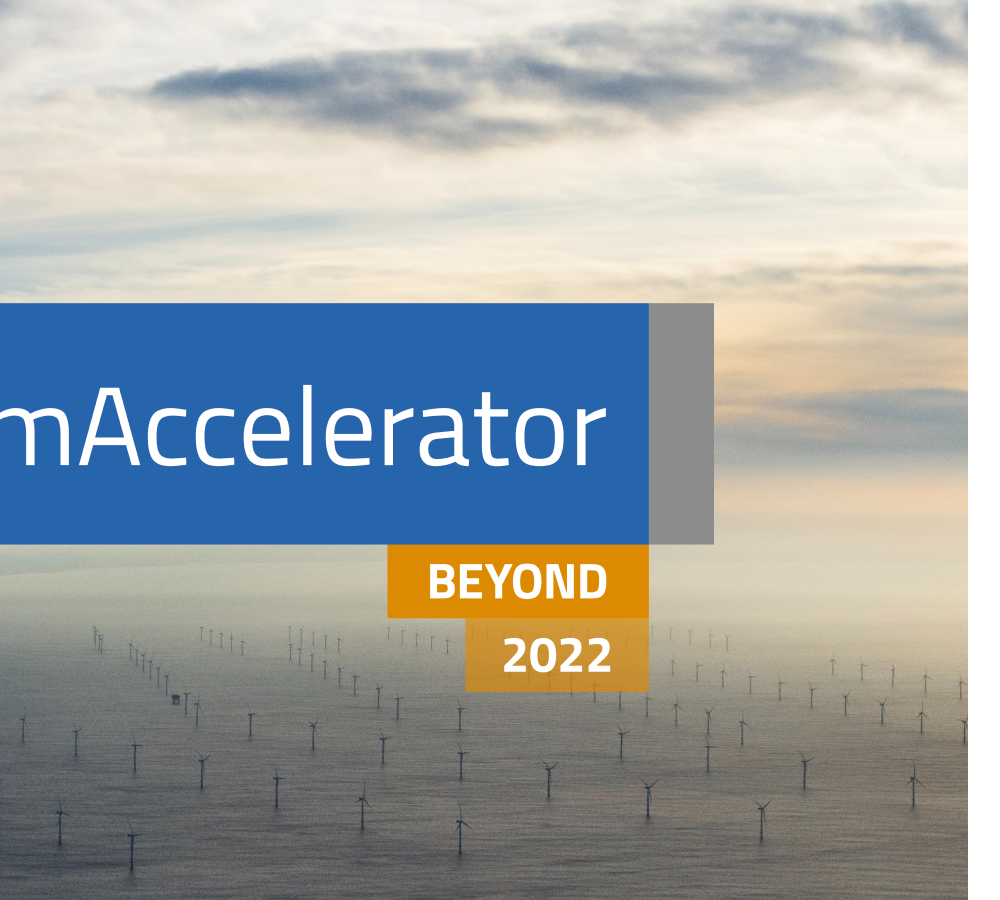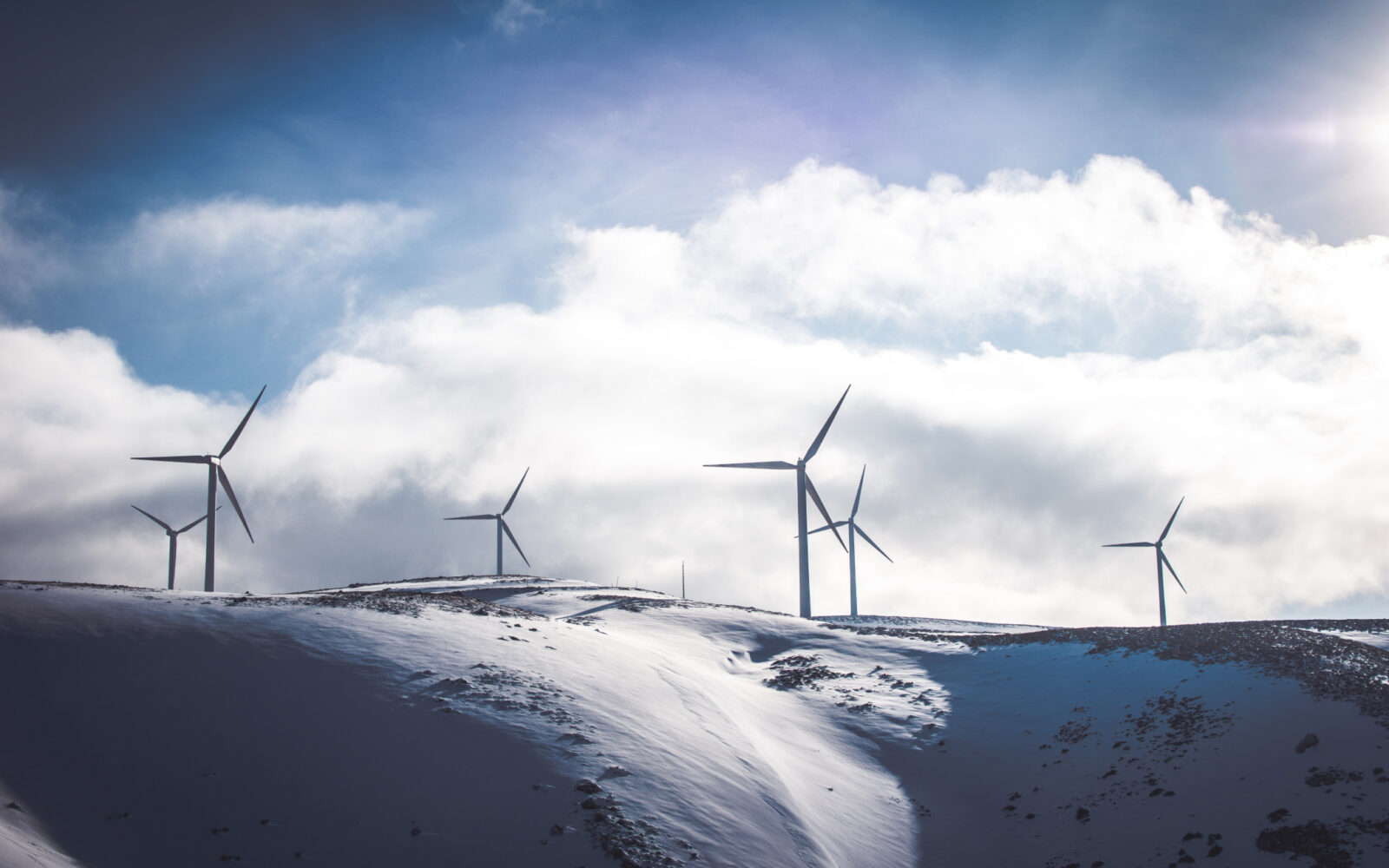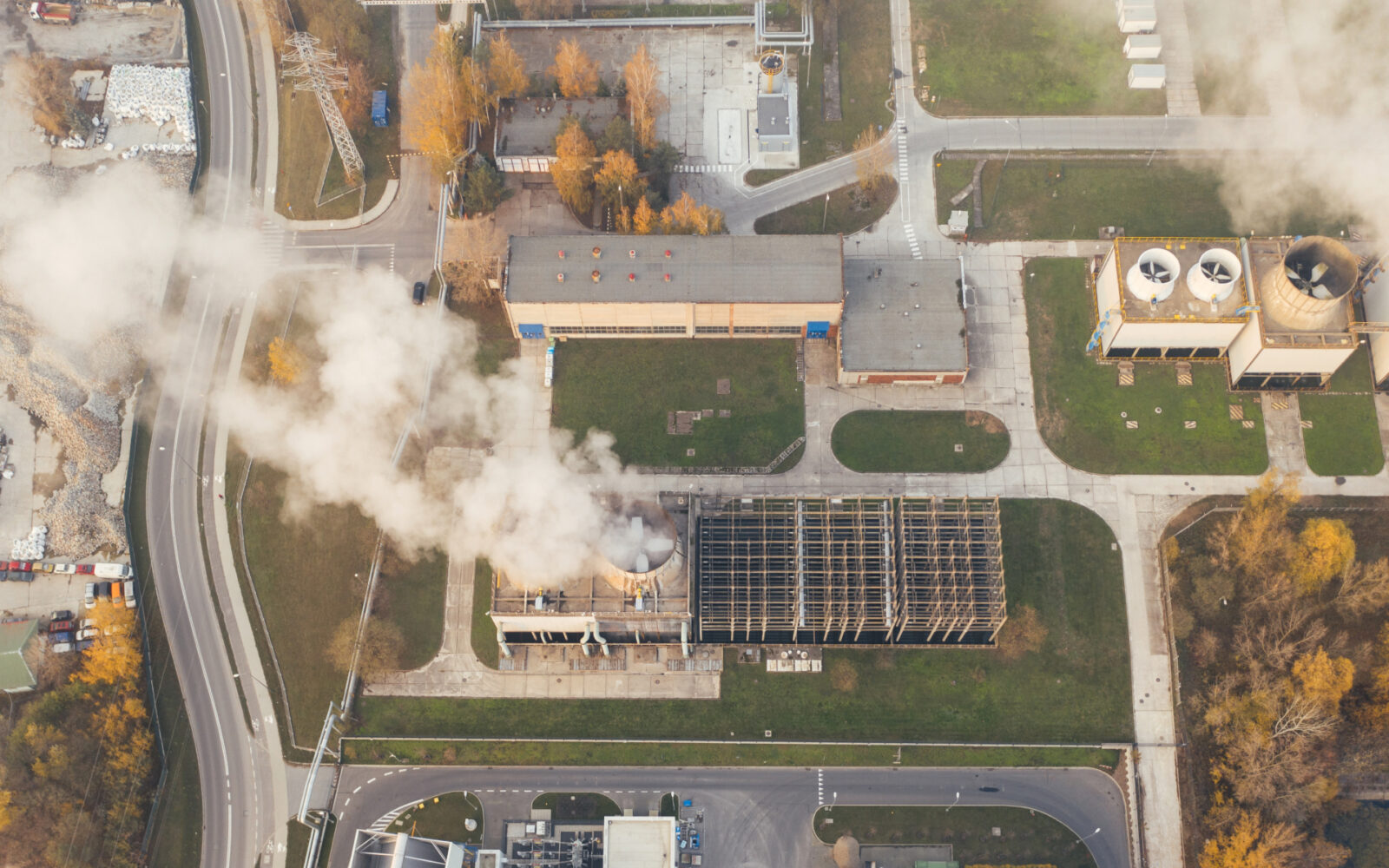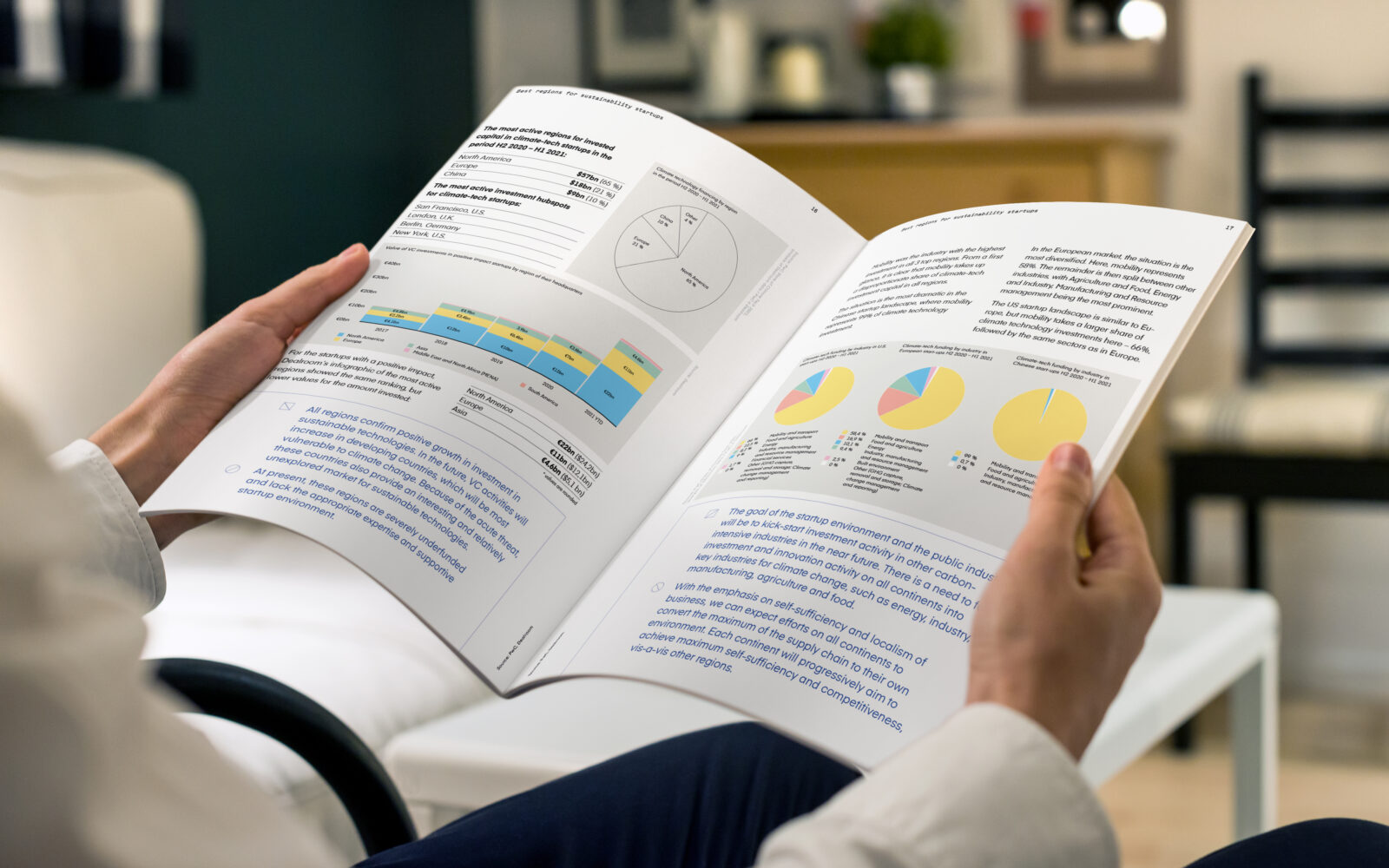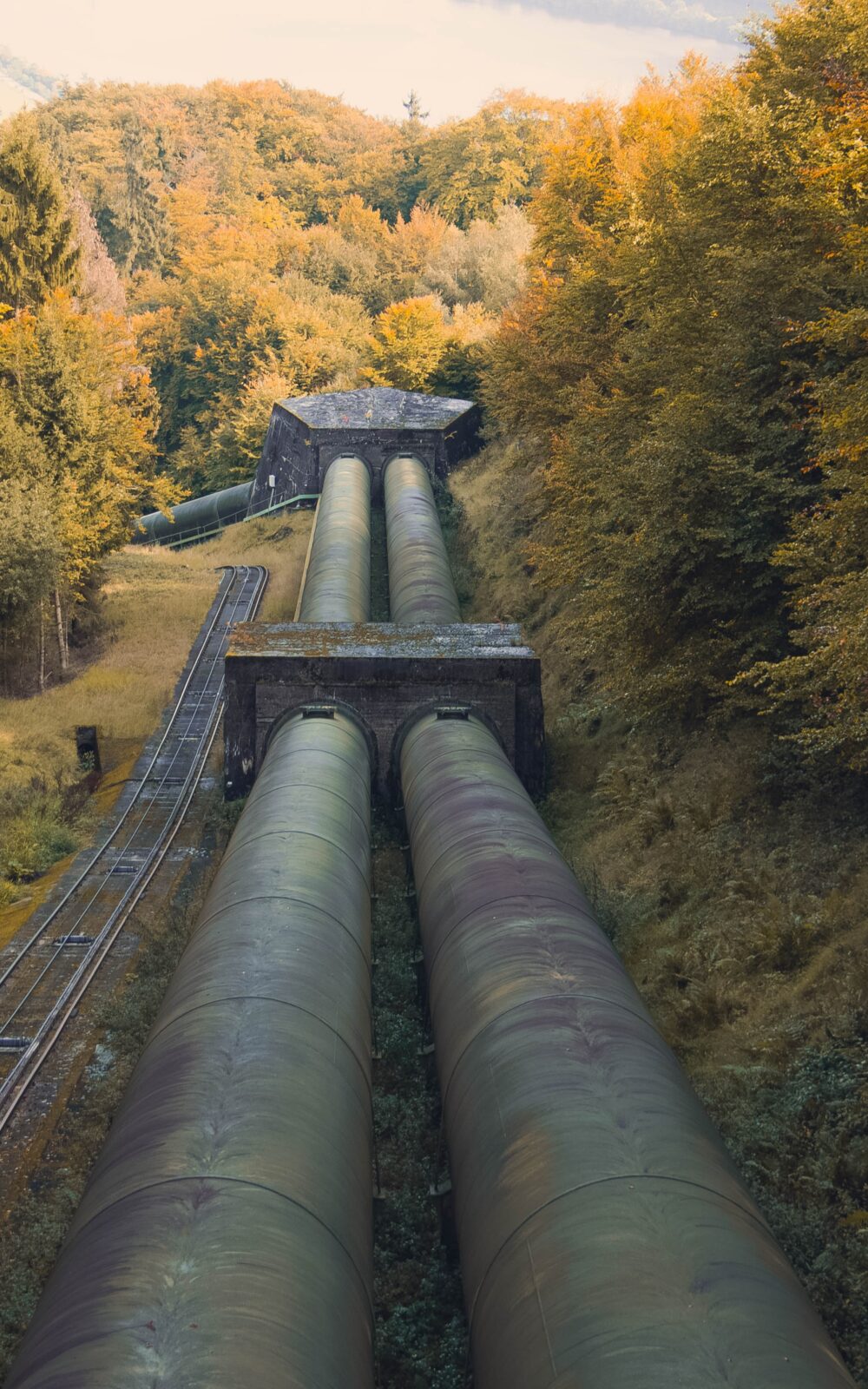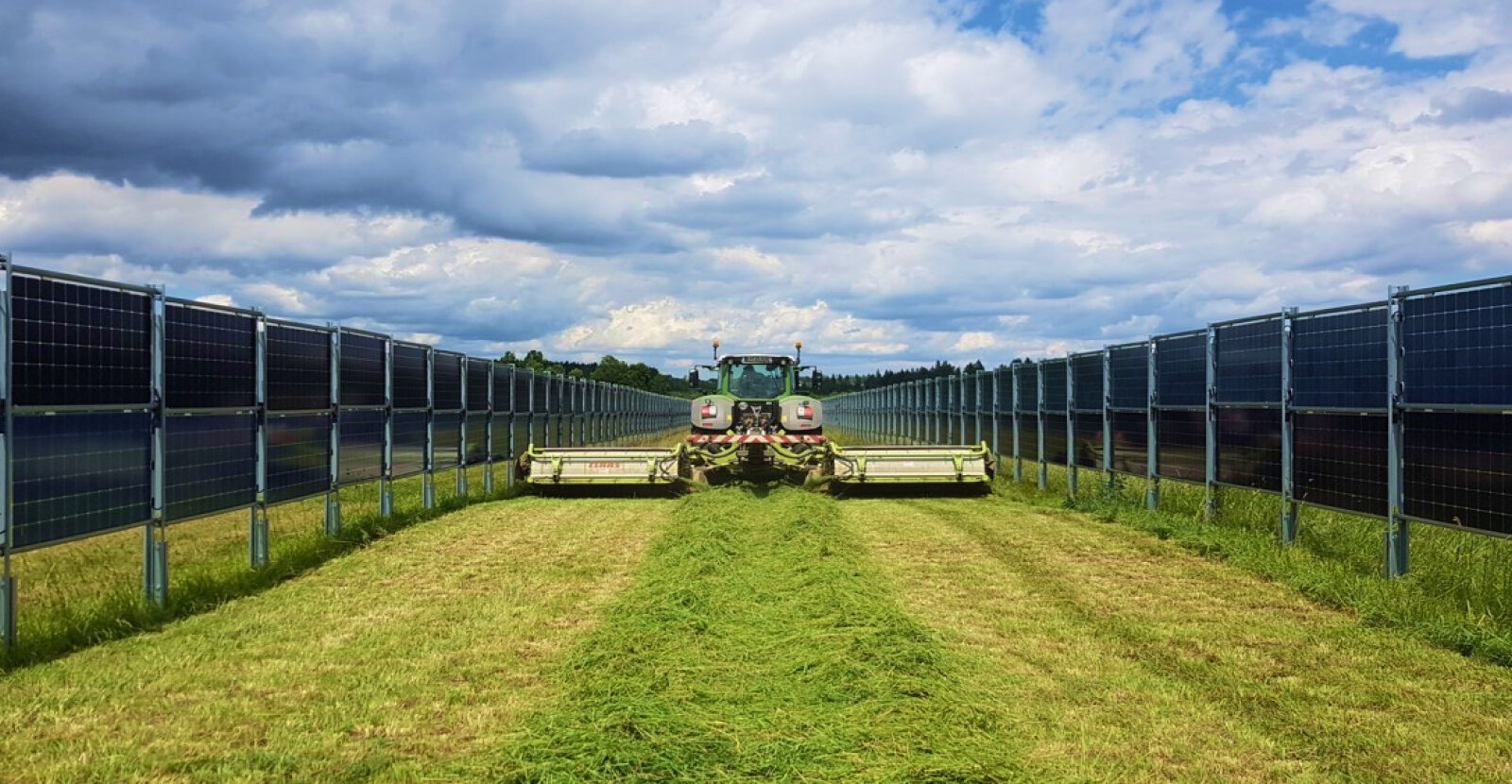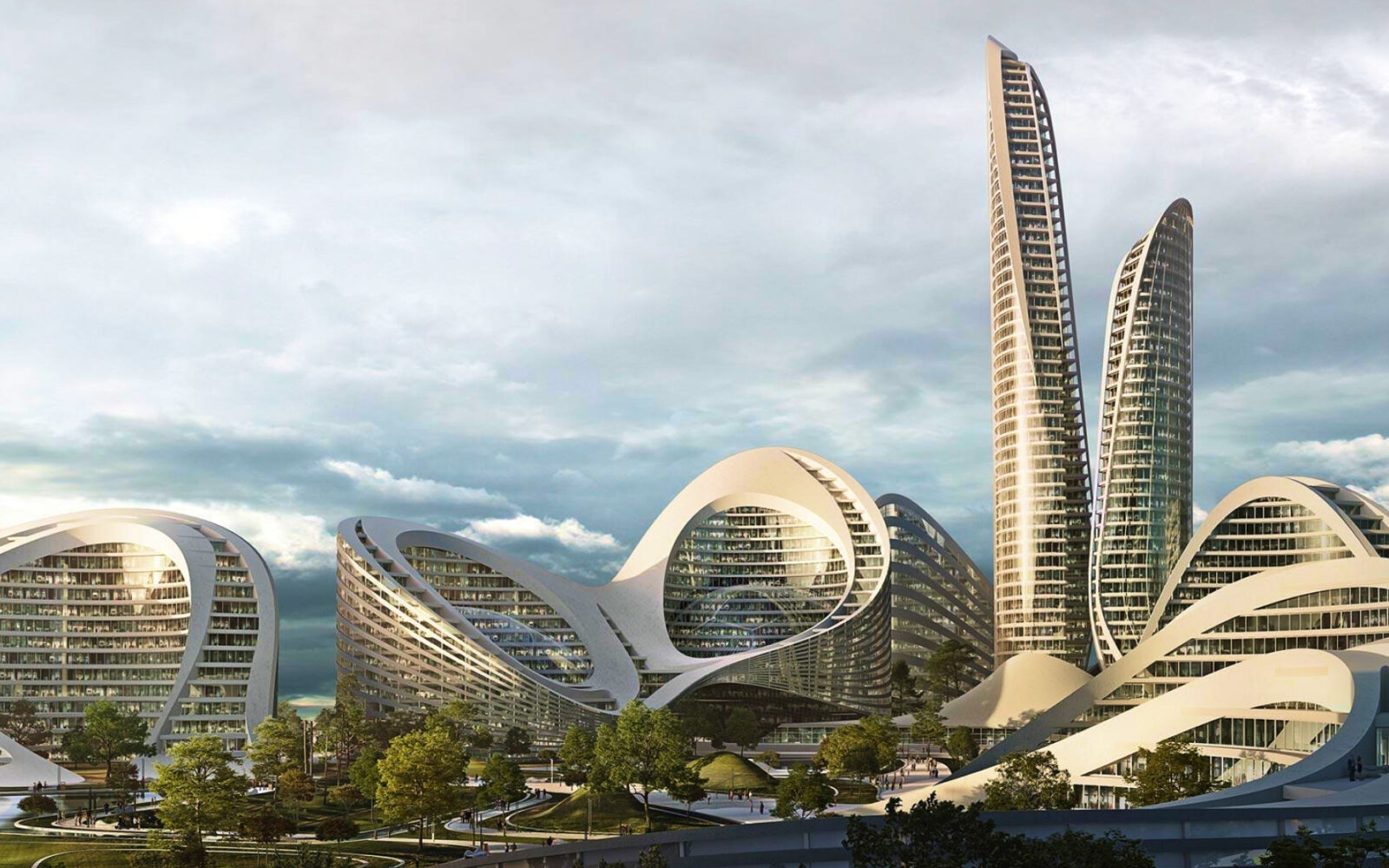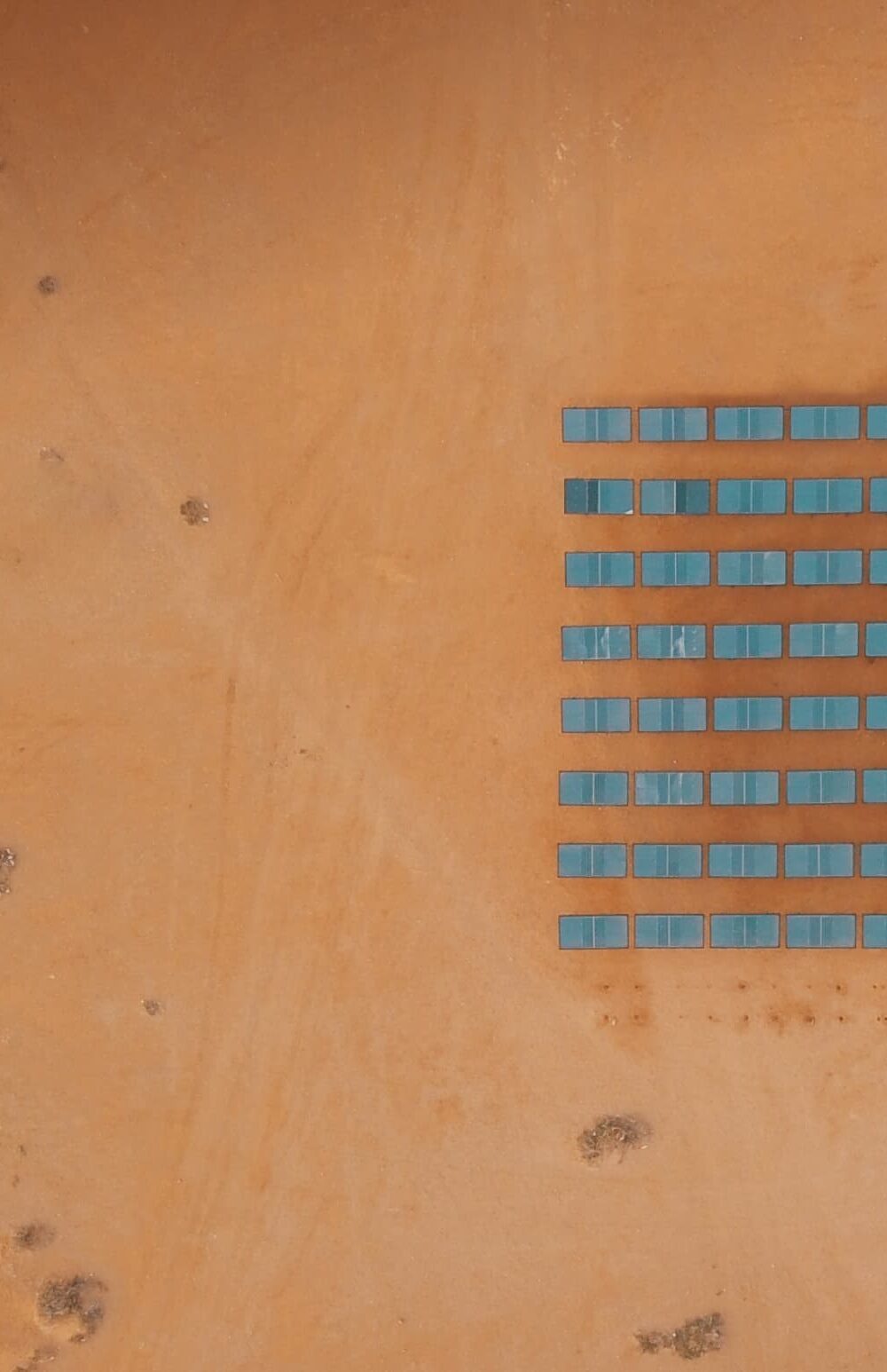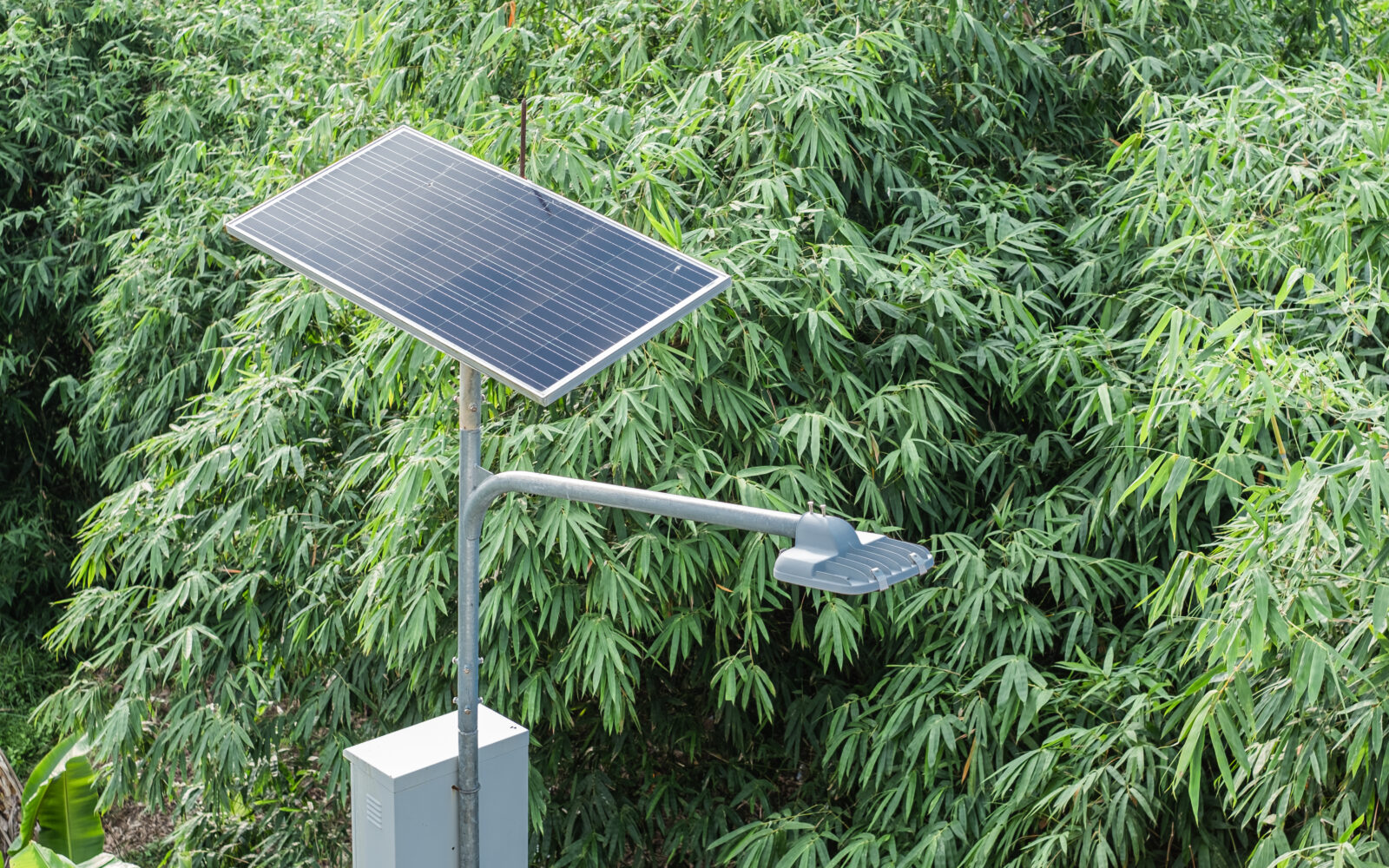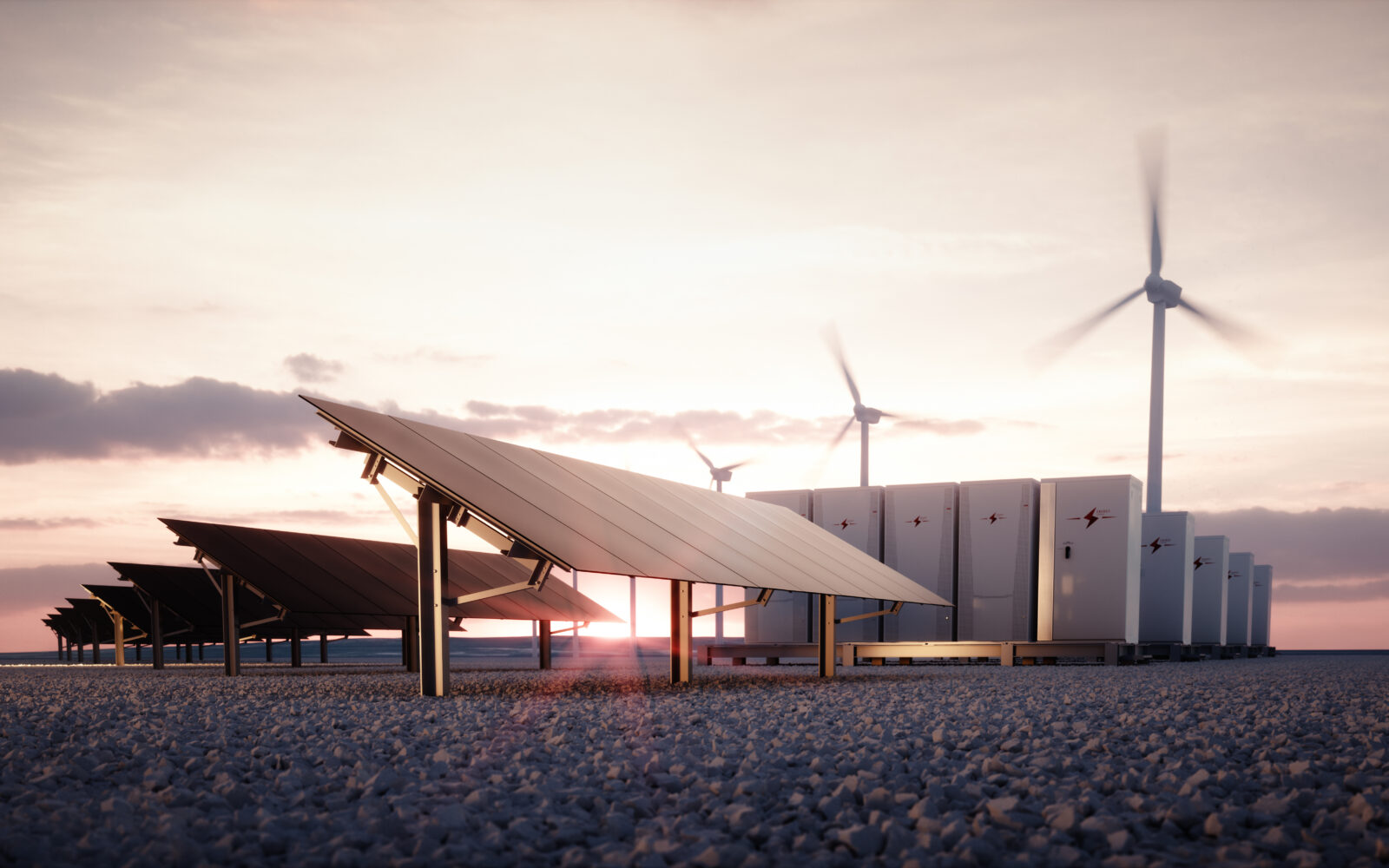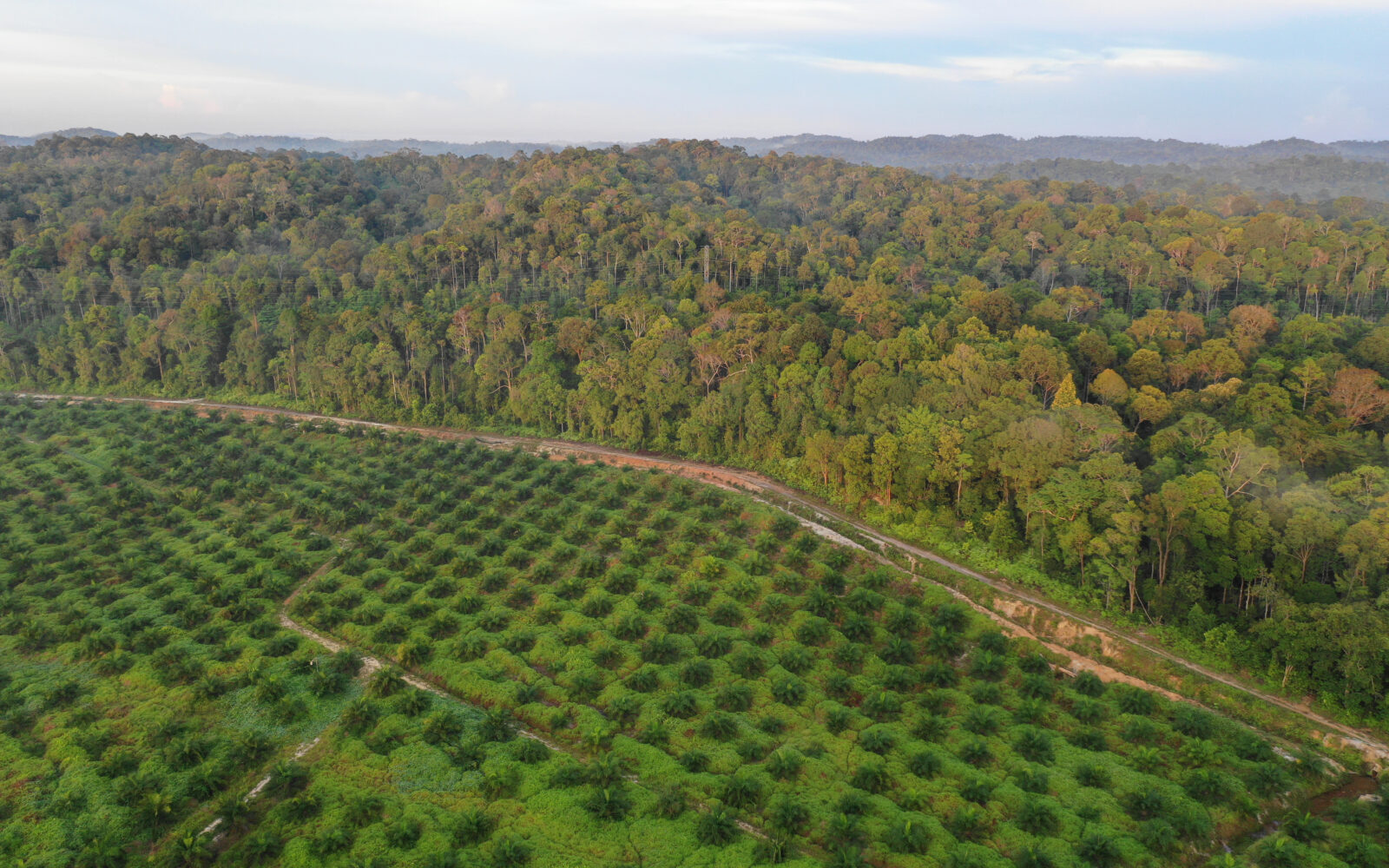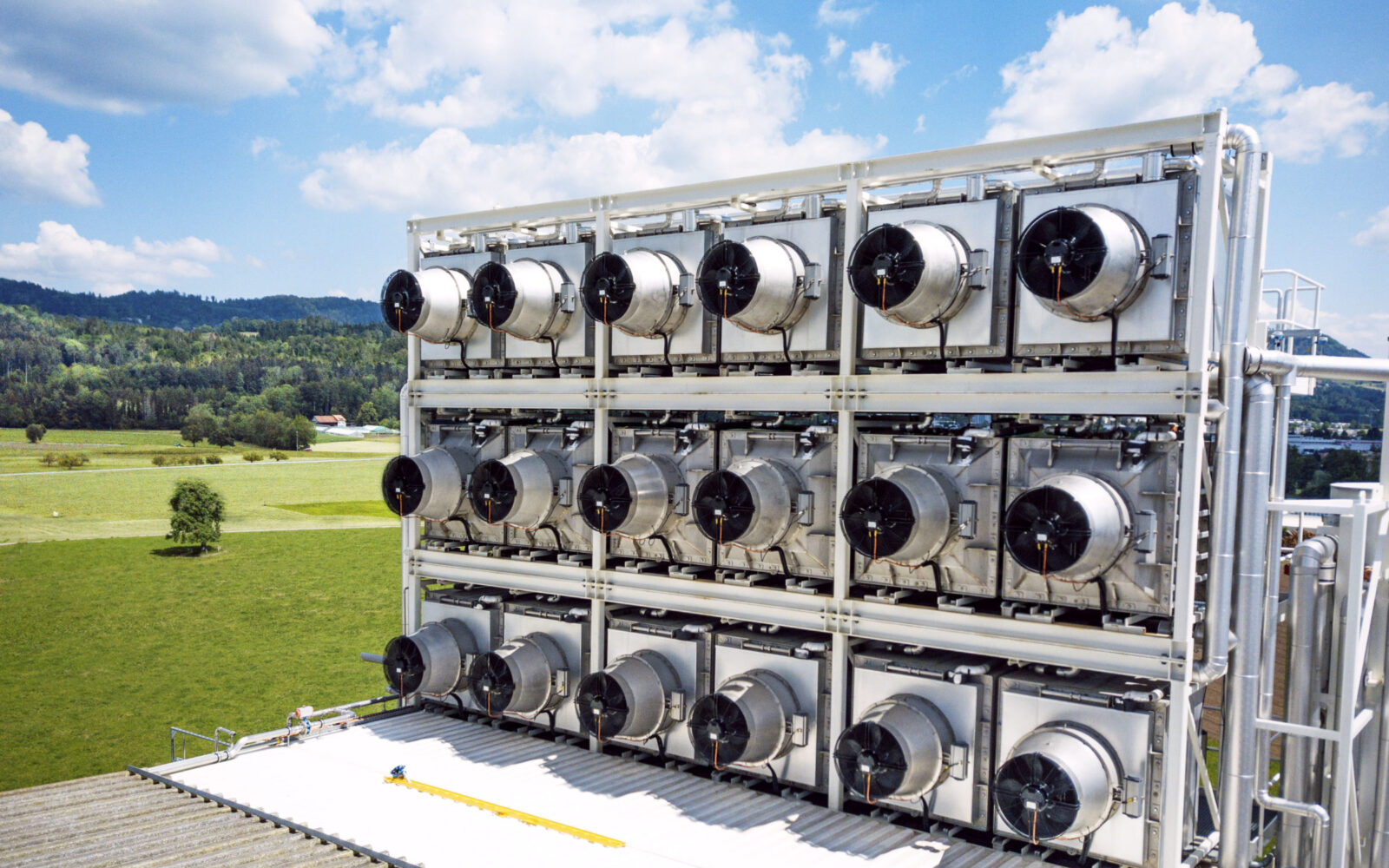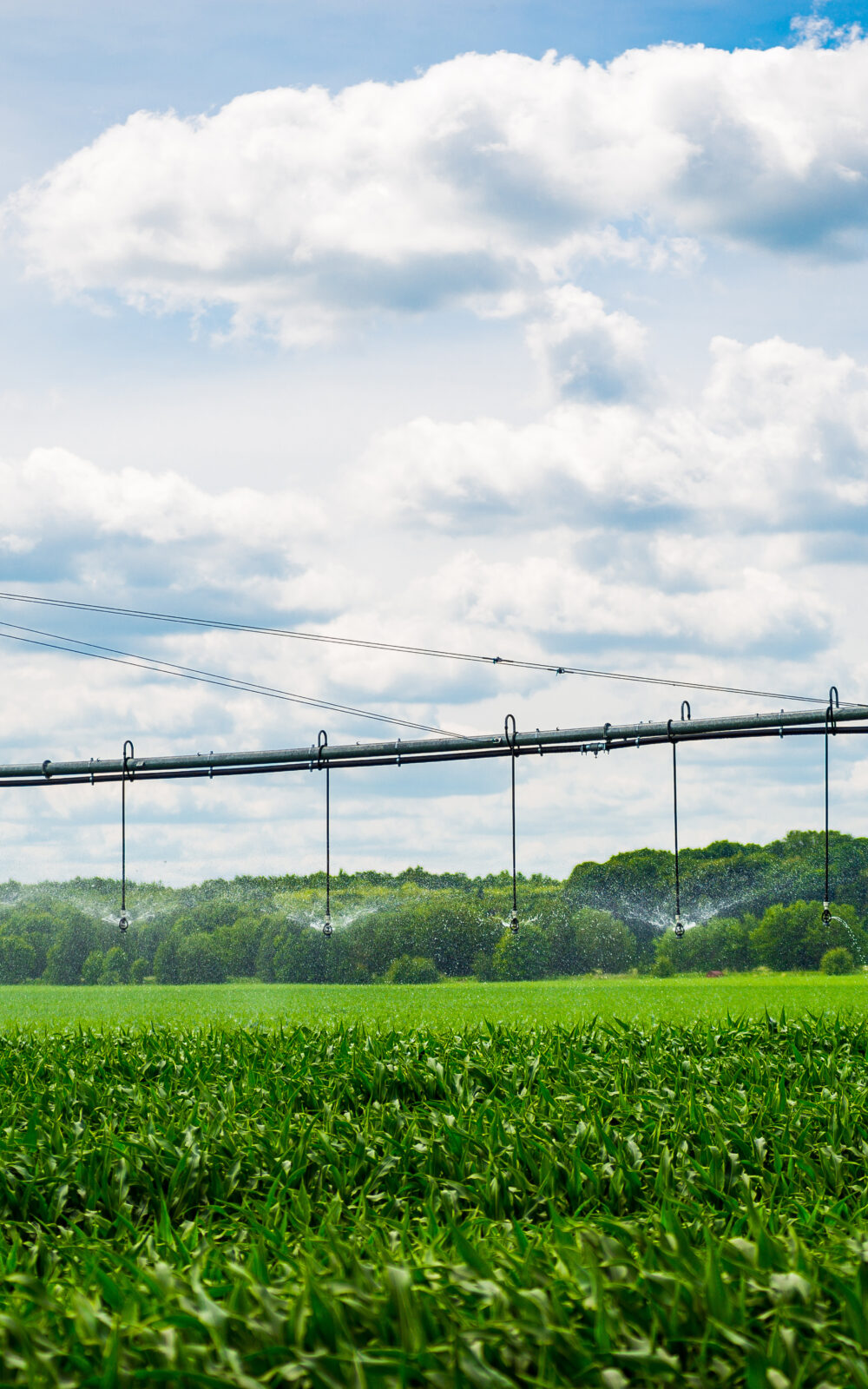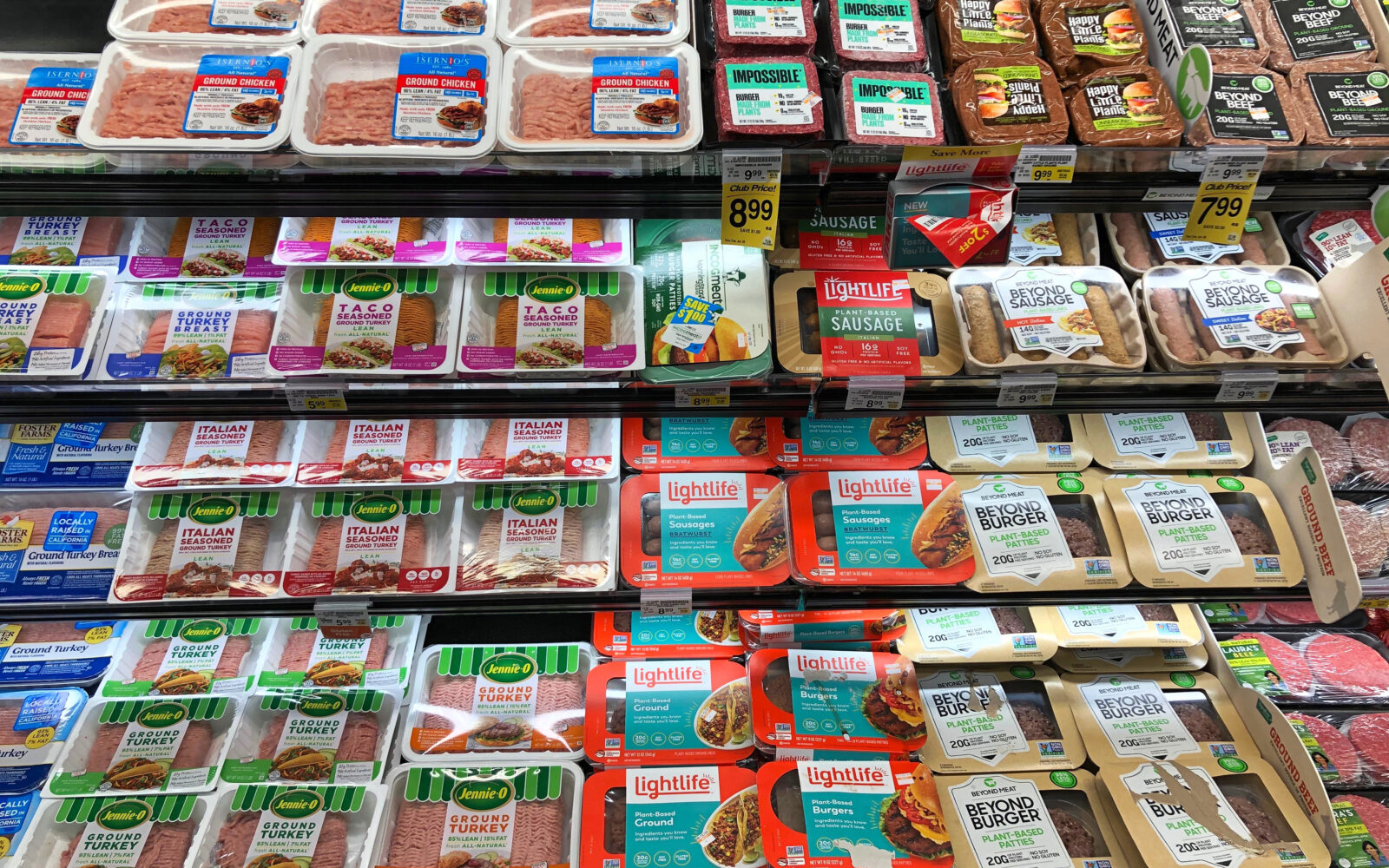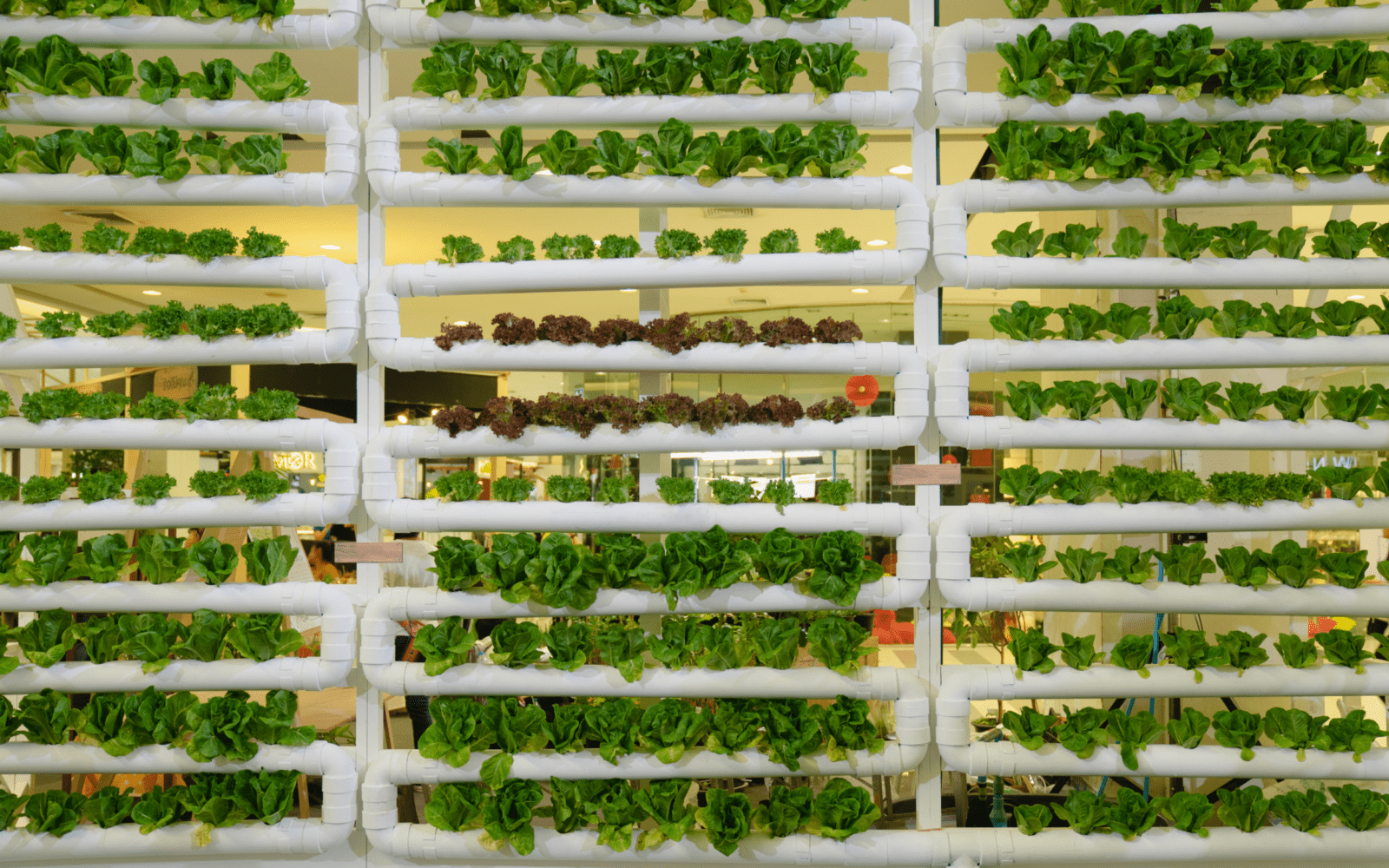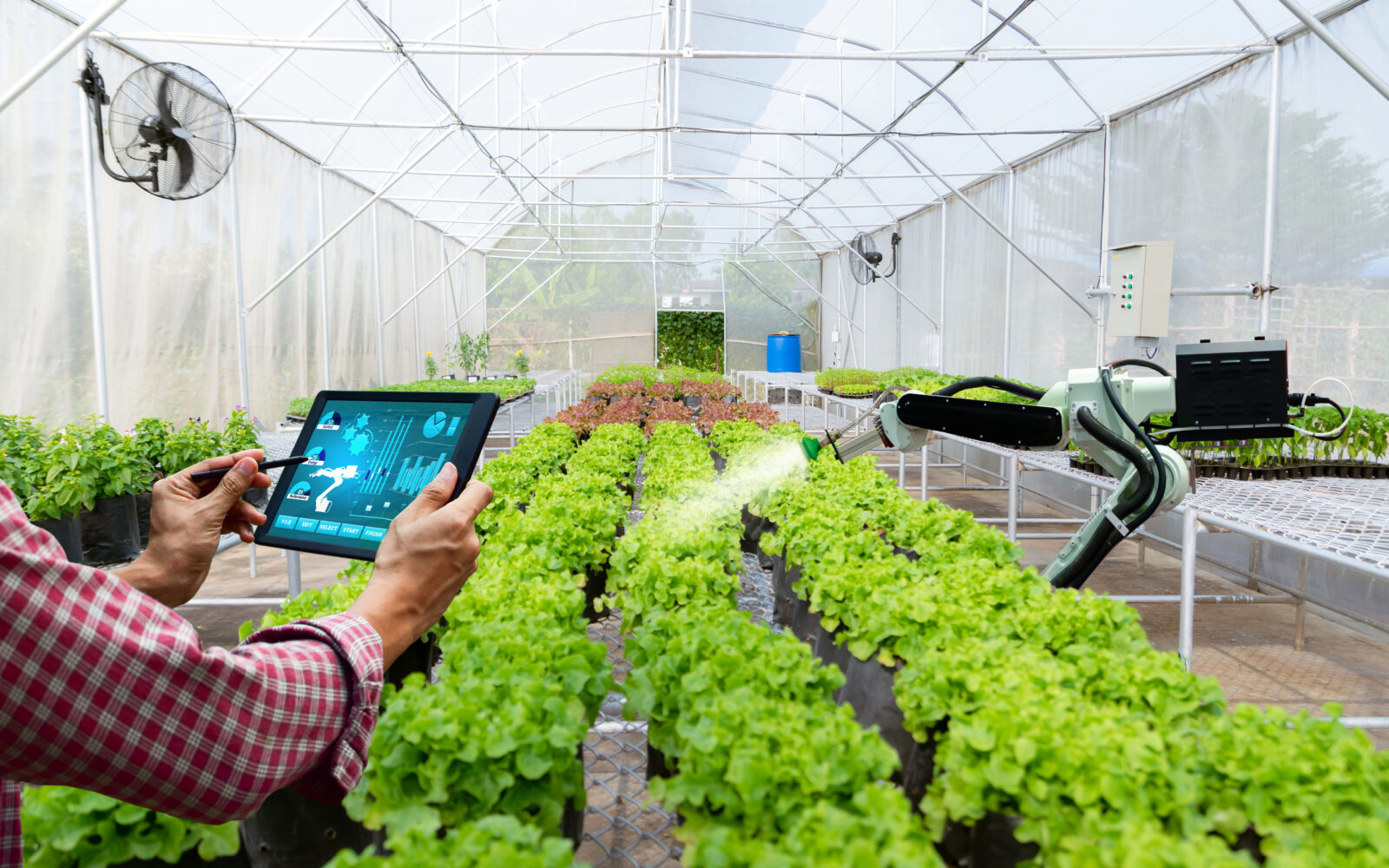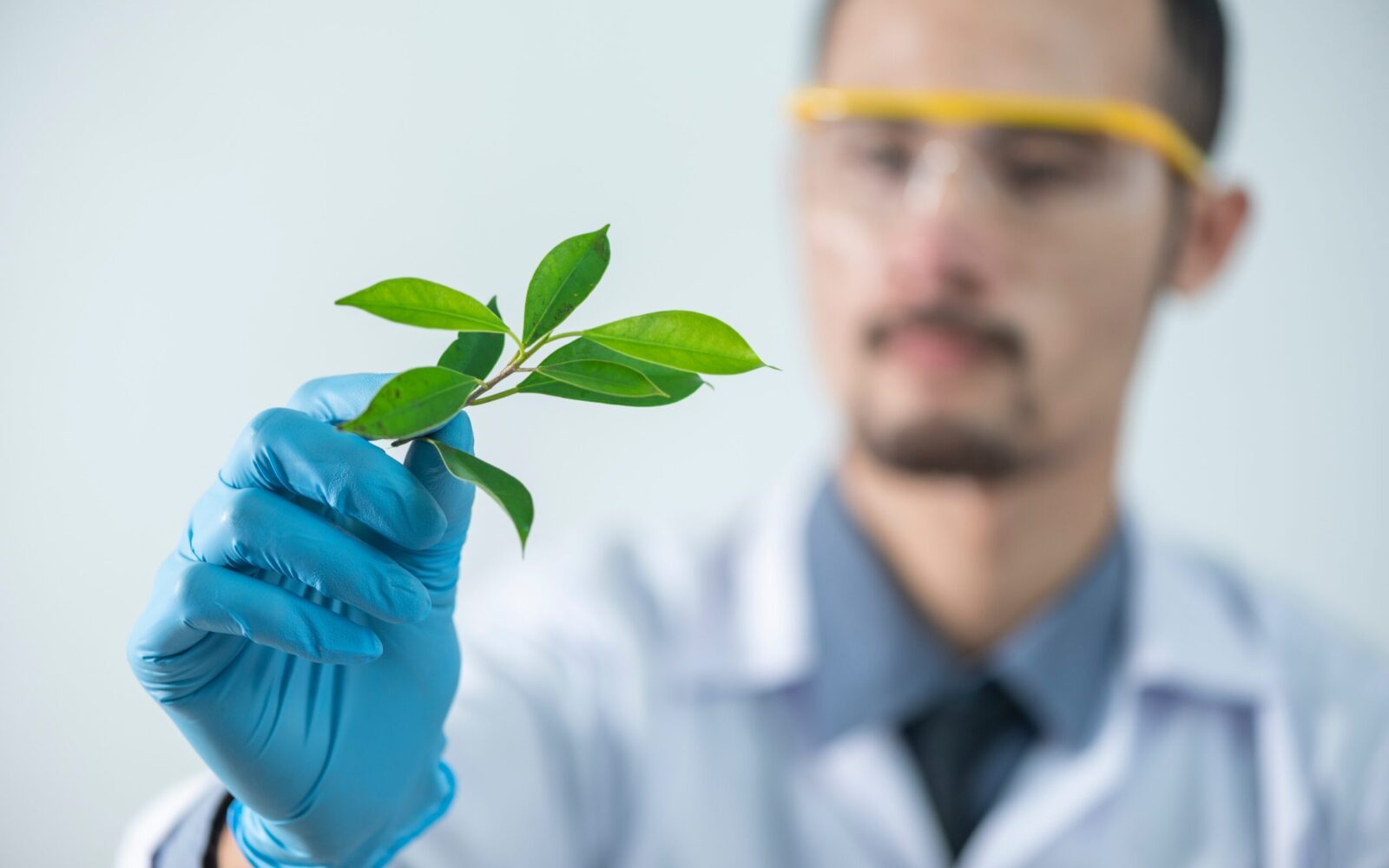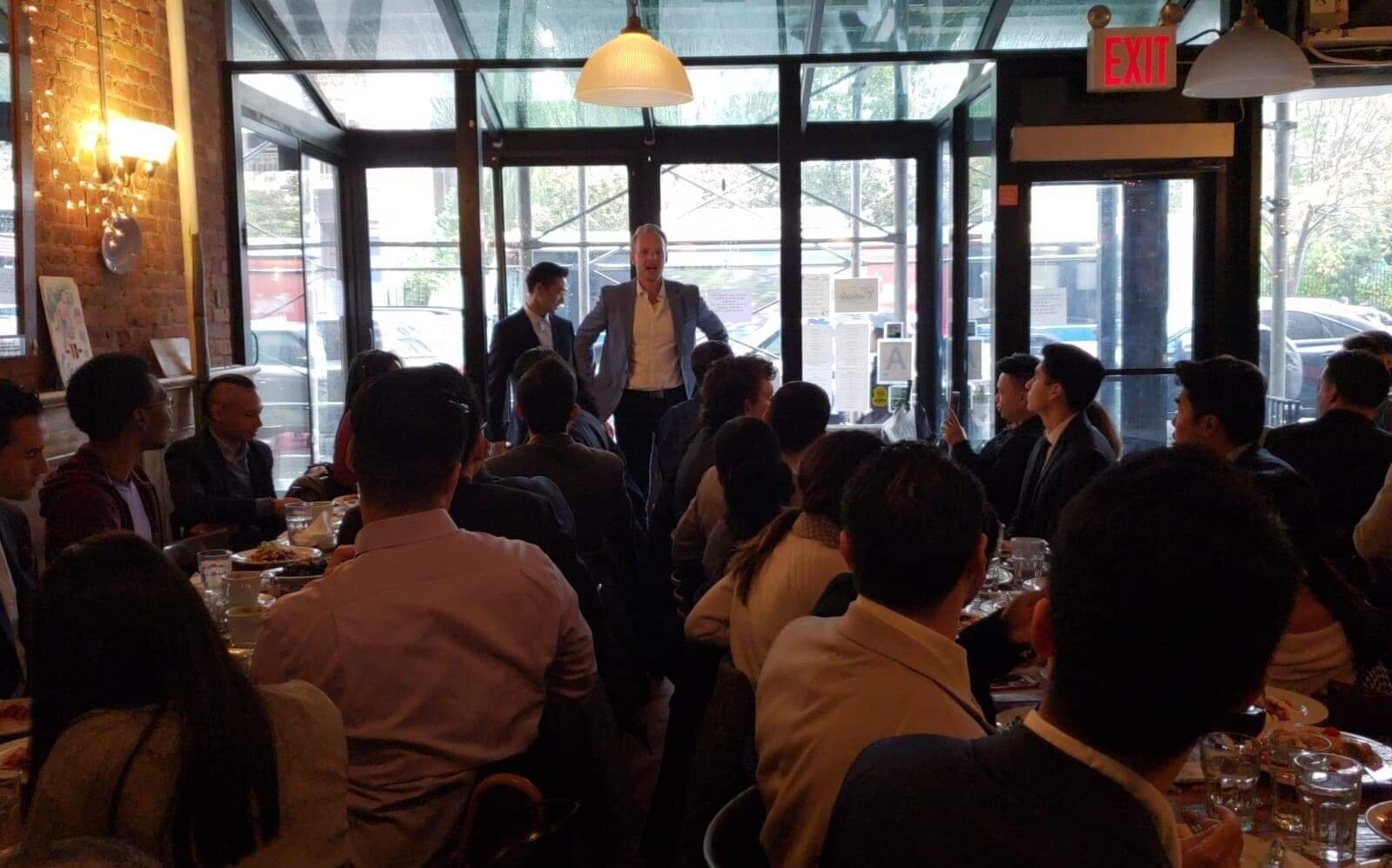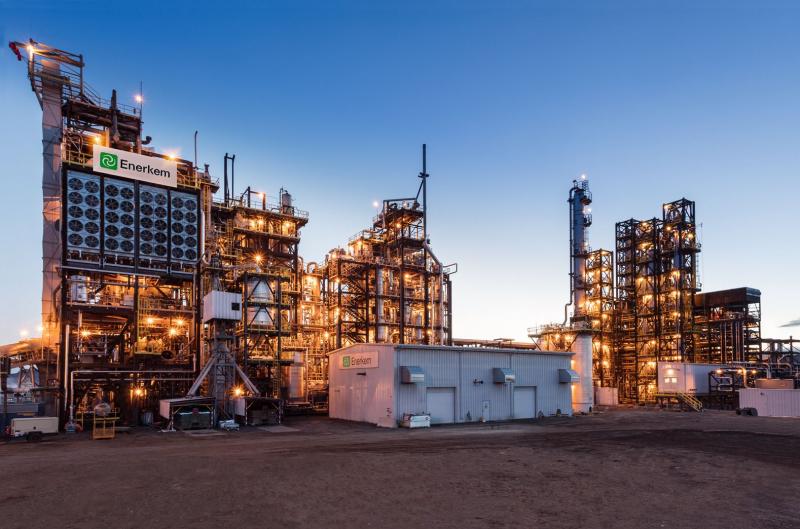With the human population growing and people moving more from the countryside to big cities, there is a crucial question that we, as a species, have to answer. How can we bring fresh and local food to people with as little negative impact on the environment as possible? One possible answer could be the phenomenon called vertical farming.
In this article you will learn basic information about vertical farming and the opportunities and threats of this new approach to farming.
The origin of urban agriculture
Humanity already saw some aspects of vertical farming in the past.
It is based on the principles of urban agriculture. The industry of urban agriculture has been with us since people started to move from the countryside to metropolises.
Recently, city-dwellers realized that they want to eat fresh, nutritious and local products. But all the food is basically transported from farms to cities, which cost more money and produce negative greenhouse gas emissions.
In addition, the quality and freshness weren’t great.
People were not happy with this situation. They decided to innovate ways to farm in urban areas so that people could grow local and fresh food.
The first practices of vertical farming were, for example, rooftop gardening, community gardens or a shared garden with your neighbours.
What is vertical farming?
It is basically the practice of growing plants stacked one above another in a closed and controlled environment. This environment can be modified to provide the best possible weather conditions for each kind of plant.
The farming varies in growing different types of crops, such as grains, vegetables, fruits or mushrooms, bringing a lot of different products to consumers.
Thanks to monitoring services you can control elements like light, humidity or water. This ability offers huge potential, as vertical farms can produce food in every season.
In the previous article we talked about human population growth and the need to feed more people in the future. The need for food production is estimated to be approximately 70% higher than it is today.
Vertical farming could be the key to reach that level because of its adaptability, productivity and sustainability.
Especially in areas with challenging environmental and weather conditions such as big cities, deserts or mountainside towns. This farming method could change the game how they maintain food supply.
Saudi Arabia, for example, must import all its food as it is a desert nation. Implementing vertical farming could increase the country’s food self-reliance.
Also, vertical farms are designed to work with autonomous robotics and AI systems. This could take care of work like harvesting, planting or logistics. Which can cut redundant costs.
These new methods can help decrease global hunger by providing an autonomous food producing system that is highly adaptable, resilient to external weather conditions and maintainable with just a small number of people.
Two sides of the coin
Opportunities:
- Vertical farms can produce food in all seasons of the year thanks to adjustable environment conditions
- Provision of fresh, nutrient-rich and local food
- Lower costs of products, since people don’t pay for transportation
- Reduction of greenhouse gas emissions produced by food transportation
- Reduced consumption of water and soil to grow the plants; decrease in water usage by 70% compared to conventional farming and no need of soil use
- Usage of urban waste and unused space in cities
- Strengthened resilience against possible climate change threats
- Creation of new employment opportunities
- Excellent effects of natural environment in urban areas for human mental health
- More transparent food supply chain
- Plants don’t require use of chemicals, pesticides and herbicides
- Autonomous and robotics operating systems
- Plants don’t need direct sunlight, so artificial grow lights are used in lieu of natural sunlight, most frequently LED lights
Threats:
- Uncertain economic profitability in this industry; the vertical farming method is still new and there is a lack of data about return on investment and profitability
- Labour costs – people in urban areas usually make more money than people in the countryside
- Pollination problems – nowadays farms are trying to find smart ways to pollinate plants because there are usually no insects in the farms. But in the near future we will probably
see positive collaboration of insect farms and vertical farms - High-level skilled employees – for now the pollination is done by employees, which requires a high level of skills and education. But the core idea of the industry is for as much work as possible to be done by autonomous systems and robots
- Technology dependency – vertical farms are highly dependent on technology and energy to run AI, lighting, irrigation or humidifying systems. Interruption of energy input could be extremely costly for farms as it would stop all business
Types of vertical farming
- Hydroponics – dominant vertical farming method. It is basically growing plants without soil by using only water and light. The roots of plants are submerged in a liquid of nutrients that they need to grow. AI systems control conditions to refill essential nutrients or water. The need for water is 70% lower than in conventional farming. And the lighting can be artificial LED lighting.
- Aeroponics – a second method where plants are grown without soil and with very little water. The water is actually in the form of a mist which contains all the important nutrients the plants need. This invention goes back to the 1990s when NASA was looking for a way to grow plants in space. It requires 90 % less water than the most efficient hydroponics systems. In addition, plants grown by means of the aeroponics method absorb more vitamins and minerals, making them healthier, tastier and more nutritious.
- Aquaponics – a third method that creates an ecosystem where plants and fishes live together and they create an environment that is mutually beneficial. The basic principles of this approach are very simple. Fishes which live in indoor ponds create a nutrient-rich wastewater which is afterwards used as a food source for plants in vertical farms. As the water reaches the plants they clean and filter the wastewater. Afterwards the water can go back into the fishponds. This approach is not so common but is gaining in popularity.
The future
In the future we could see a combination of many innovative farming approaches in different living areas. In cities and metropolises, we could see vertical farming and other urban agriculture.
Further from the city, in smaller towns, we could see the use of smart agriculture techniques such as AI or robotics.
And in the deepest areas of our planet where nature is the most untouched, we could see ecological farming which is trying to promote good environmental conditions and the collaboration of nature, animal life and farming.
Don’t worry, we will introduce you to the other types of sustainable farming soon.
Families may lease their own piece of land in vertical farms someday and would choose what they want to grow. They will see information in their devices that will tell them about the weather and plant conditions. And when the food is ready they will choose when and where to come pick it up in special places located around the city.
This sounds like a future of farming that we can be excited about.
Resources:
https://greentumble.com/10-sustainable-farming-methods-and-practices/
https://greentumble.com/what-is-urban-agriculture/
https://www.conserve-energy-future.com/methods-and-benefits-of-sustainable-agriculture.php
https://interestingengineering.com/13-vertical-farming-innovations-that-could-revolutionize-agriculture
https://www.ayokasystems.com/news/emerging-agriculture-technologies/
https://interestingengineering.com/11-innovations-that-could-build-the-food-of-the-future
https://www.thebalancesmb.com/what-you-should-know-about-vertical-farming-4144786
